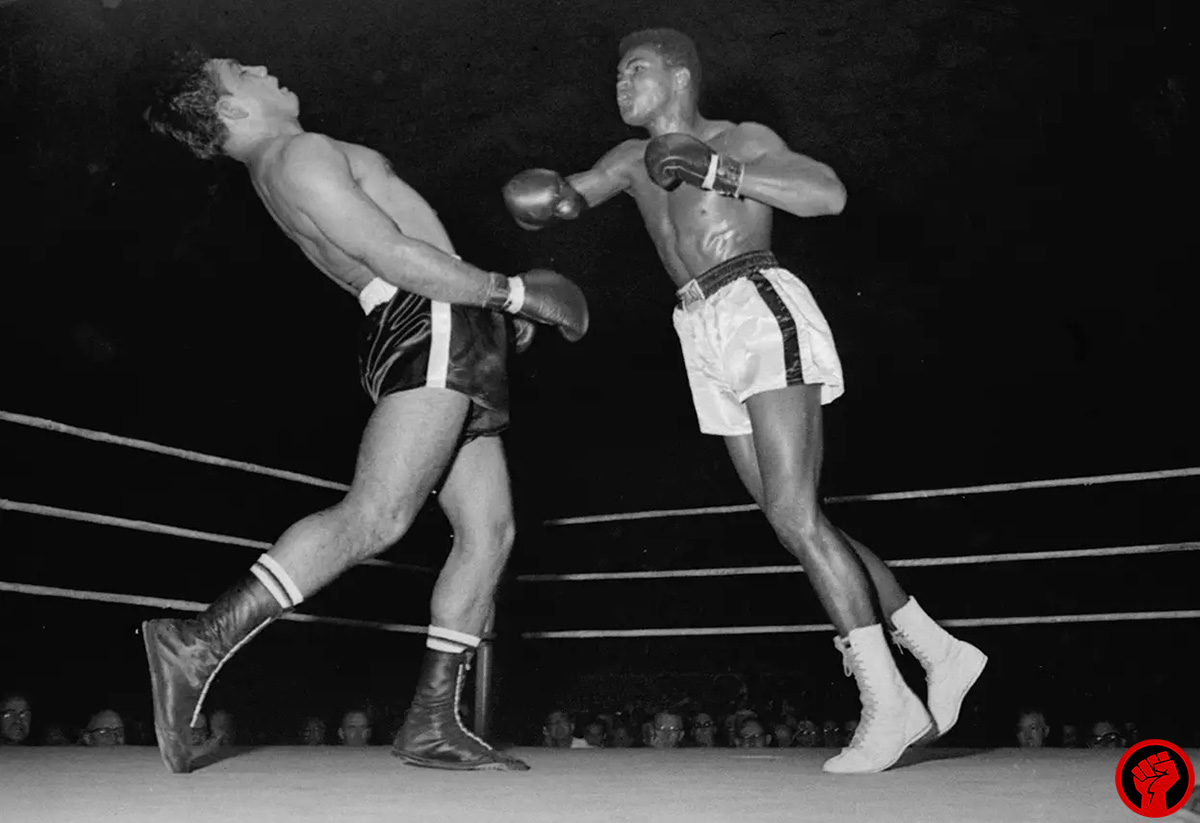Boxing, a dynamic and exhilarating combat sport, is defined by its intricate movements and strategies. Within the ring, fighters employ a variety of techniques to gain an edge over their opponents. While punches and footwork often take the spotlight, jumping is a tactic that has both its proponents and skeptics. In this article, we’ll delve into the world of jumping in boxing, can you jump in boxing? Do the rule allow it? And if it was, what is its advantages, drawbacks, and its overall strategy?
Cut to the chase: Can You Jump in Boxing?
Jumping isn’t prohibited in the boxing rules, but kinda in a round about way. It really depends on the situation.
In boxing, the rules don’t specifically talk about jump punches. But if someone does an extravagant flying move, referees will step in with a warning. If a boxer is clearly in the air, the referee might intervene. Just imagine if boxers started jumping around all the time or leaping really high – referees wouldn’t tolerate that, whether it’s directly prohibited in the rules or not.
They generally prefer to see at least one foot on the ground when punches land. So, jump-in punches (like the jump-in left hook) or lunge punches (such as a reaching punch) are considered okay, because one foot is touching the ground when the punch connects and they use the front part of the fist.
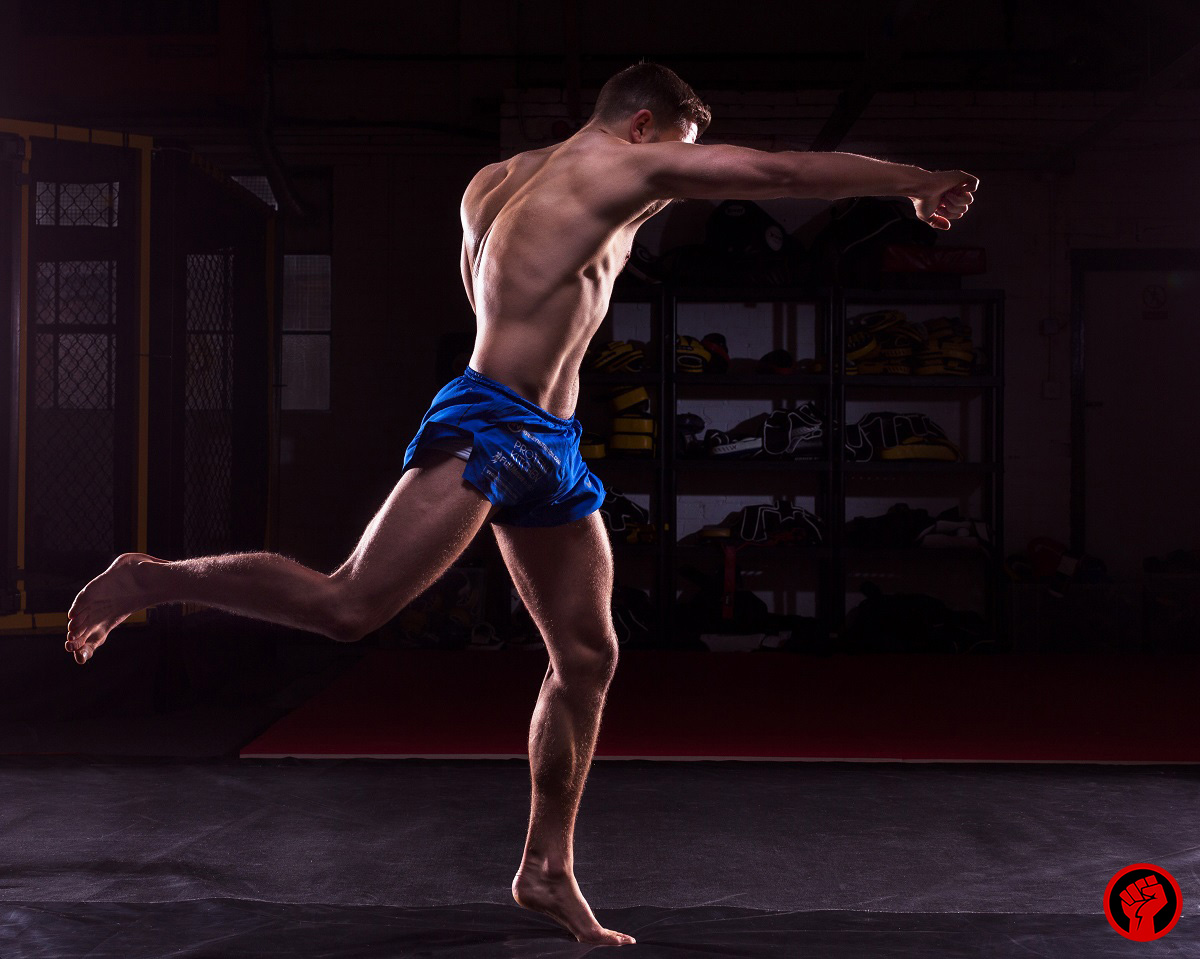
The issue with jump punches and flying punches is that both feet are off the ground, but whether this is allowed or not largely depends on the referee’s judgment.
The reason there’s no specific rule against jumping and punching is likely because when the rules were written, no one could foresee such moves becoming common.
Pros and Cons of Jumping in Boxing
In a nutshell, using jumping as a tactic in boxing has both its benefits and its drawbacks.
On one side, it can catch your opponent by surprise, throw off their rhythm, and give you the chance to land punches from different angles. This element of unpredictability can create openings in the fight and help you score effectively.
However, it’s important to realize that while it might confuse your opponent momentarily, it also puts you at risk. When you’re in the air, your balance can be compromised, leaving you open to quick counterattacks. Being off the ground makes it harder to defend against your opponent’s punches and react swiftly to their moves.
It’s like a strategic gamble – you need to weigh the advantages of surprising your opponent and gaining better attack positions against the real risk of losing balance and becoming vulnerable to counterpunches.
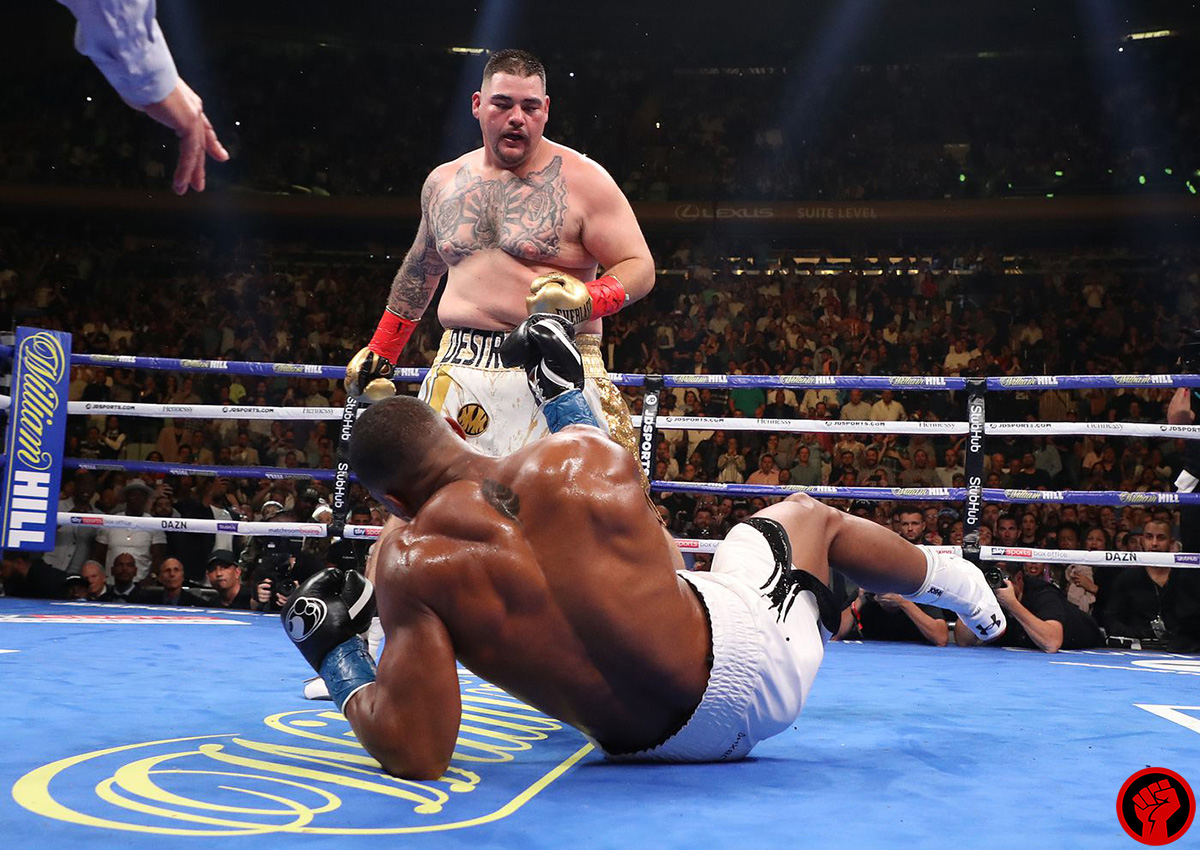
Jumping techniques in boxing
1. The Skipping Jab
This move involves a swift hop to create distance between you and your opponent.
- Advantages: The unexpected angle at which you deliver the jab can confuse your opponent and make it harder for them to defend against it. It’s a surprise element that can catch them off guard.
- Disadvantages: Executing this move perfectly requires impeccable timing. If your timing is off, you might find yourself vulnerable to counterattacks. Additionally, there’s a risk of overextending yourself if you’re not careful with the hop.
2. The Leaping Hook
In this technique, you integrate a jump into your hook punch.
- Advantages: The jump adds power and extends your range, allowing you to hit your opponent with more force. This unexpected burst of energy can catch your opponent off-guard and lead to impactful strikes.
- Disadvantages: The jump can telegraph your intention to throw a hook punch, giving your opponent a clue about your next move. To make this technique effective, it demands precise execution to minimize the predictability factor.
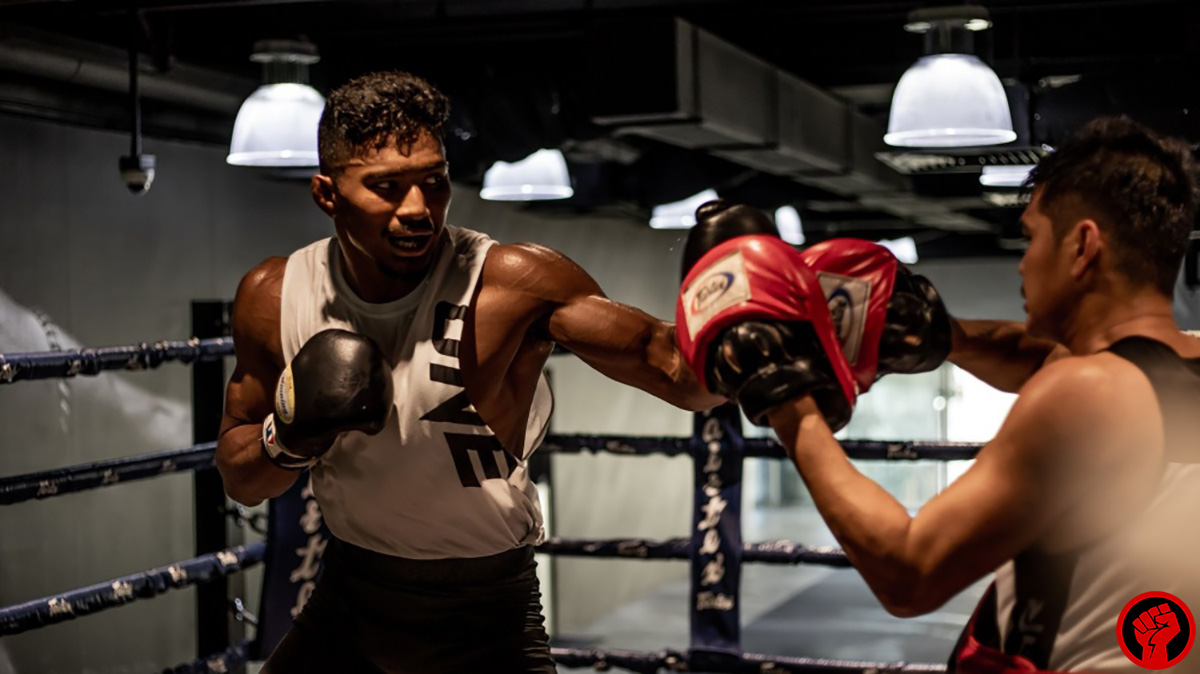
3. The Jumping Uppercut
This technique involves incorporating a jump to intensify the force of an uppercut.
- Advantages: By jumping while delivering an uppercut, you can effectively target your opponent’s chin, a vulnerable area. The added force from the jump increases the impact of the punch.
- Disadvantages: When you’re in the air during the jump, your midsection is left exposed, leaving you susceptible to body shots or counterattacks. Moreover, the jumping uppercut requires a quick recovery to regain your defensive stance after the punch.
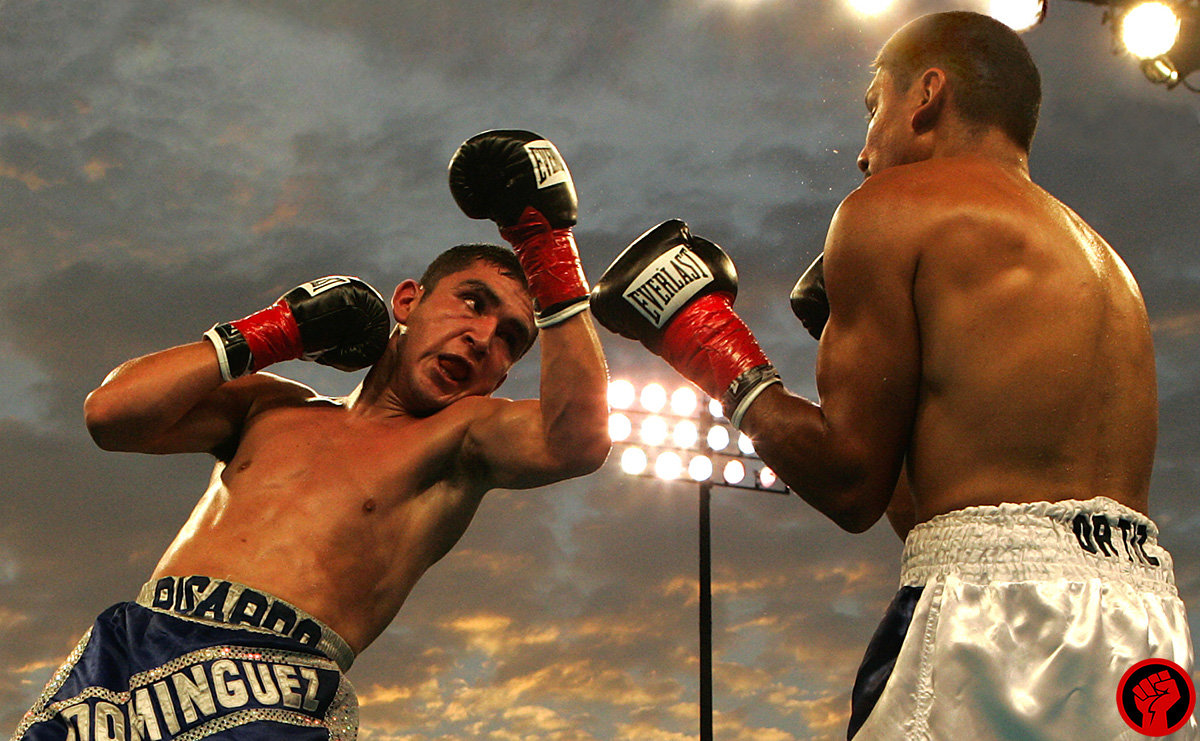
Famous jumping techniques on the hall of fames
The gazelle punch
The gazelle punch is typically a hopping lead hook or uppercut. Just before throwing the punch, the boxer crouches down and then propels themselves off the ground, generating significant power. It’s a lot like how a gazelle jumps, which is where the name comes from.
The power behind this punch originates from the boxer’s leg muscles and the momentum they build up. When done accurately and timed well, this punch can have a strong knockout impact, making it a potent tool in a boxer’s arsenal.
Additionally, apart from its force, this technique can be quite risky due to its potential to bewilder the opponent. As the boxer crouches down, their adversary might assume a body shot is incoming. Consequently, they might instinctively drop their guard to shield their body, inadvertently leaving their head exposed.
Most often, this type of punch is targeted at the head, though delivering it to the stomach or liver can also inflict significant pain.

Boxers who use this technique
- Floyd Patterson: In the mid-20th century, Floyd Patterson popularized the use of the gazelle punch. Known for his knockout prowess, he employed this technique with remarkable effectiveness.
- Joe Frazier: Often referred to as “Smokin’ Joe,” Frazier frequently incorporated the gazelle punch while unleashing his potent lead hook. Notably, he dropped Muhammad Ali in the 15th round of their initial bout using this technique.

- Wladimir Klitschko: In contrast to the other two boxers, who favored close-range fighting, Wladimir Klitschko, known for his preference for fighting at a distance, also integrated the gazelle punch into his repertoire. This was evident in one of his recent fights, where he utilized the same technique to knock down Kubrat Pulev.
How to Gazelle punch correctly
1. Slightly lower your stance, much like you would when throwing a jab to the body.
2. Distribute your weight evenly on both feet.
3. Prepare to launch the hook or uppercut.
4. Propel yourself forward with a jump as you unleash the hook or uppercut.
5. Keep in mind that you don’t have to jump excessively high; the focus should be on moving forward to cover more ground.
This technique shares similarities with the bobbing and weaving motion followed by a lead hook. However, in the case of the gazelle punch, you combine the jump with the punch for added impact and surprise.
When to use Gazelle punch
This approach proves highly potent against “out fighters,” those boxers who prefer engaging from a distance, often taller opponents. The explosive and unexpected acceleration that accompanies executing this punch allows you to swiftly close the gap between you and your adversary, seizing the opportunity to catch them off guard.
When not to use Gazelle punch
There are specific situations where employing the gazelle punch might do more harm than good:
Against Counter Punchers
If you’re facing an adept counterpuncher, jumping towards them without proper protection might not be wise. Your opponent could land a quick straight left or right before you execute your gazelle punch. This is because straight punches cover a shorter distance and usually land before hooks or uppercuts.
If your opponent lands a powerful straight punch while you’re in the process of throwing a gazelle punch, you could end up stunned or even knocked out. Instances of fighters getting knocked down this way are not uncommon. Take the UFC 194 fight, for example, where Conor McGregor knocked out Jose Aldo with a counter straight left while Aldo attempted a gazelle punch. Aldo’s unprotected chin left him vulnerable to McGregor’s counter.
These “blitz” techniques are particularly risky, especially when pitted against counterpunchers like McGregor.
Against Infighters
If you’re an out boxer – someone who prefers to maintain distance – facing an infighter who thrives on close-range combat, jumping towards them might not be the best strategy. If your style involves keeping your distance and relying on straight punches, especially the jab, you’re better off maintaining that distance.
Additionally, infighters consistently keep their guards up, making it challenging to catch them off guard with a gazelle punch. In most instances, they’ll simply block the punch and seize the opportunity to initiate a close-range fight – an unfavorable scenario, particularly for an out boxer.
The Superman Punch
The Superman punch differentiates itself from the gazelle punch by its execution. While the gazelle punch involves a jumping hook or uppercut, the Superman punch is a leap accompanied by a straight punch (either a cross or a jab).
Picture yourself leaping forward while delivering a punch – think Superman in flight, hence the name.
Typically, one or both of your feet leave the ground for a brief moment during the motion. This technique enhances your punch’s power, allowing you to strike your opponent from an unexpected angle. The punch also gains greater speed due to the jump, making it challenging for your opponent to dodge effectively.
Though the Superman punch isn’t frequently employed in traditional boxing, it’s a common maneuver in sports like Mixed Martial Arts (MMA), Muay Thai, and Kickboxing.
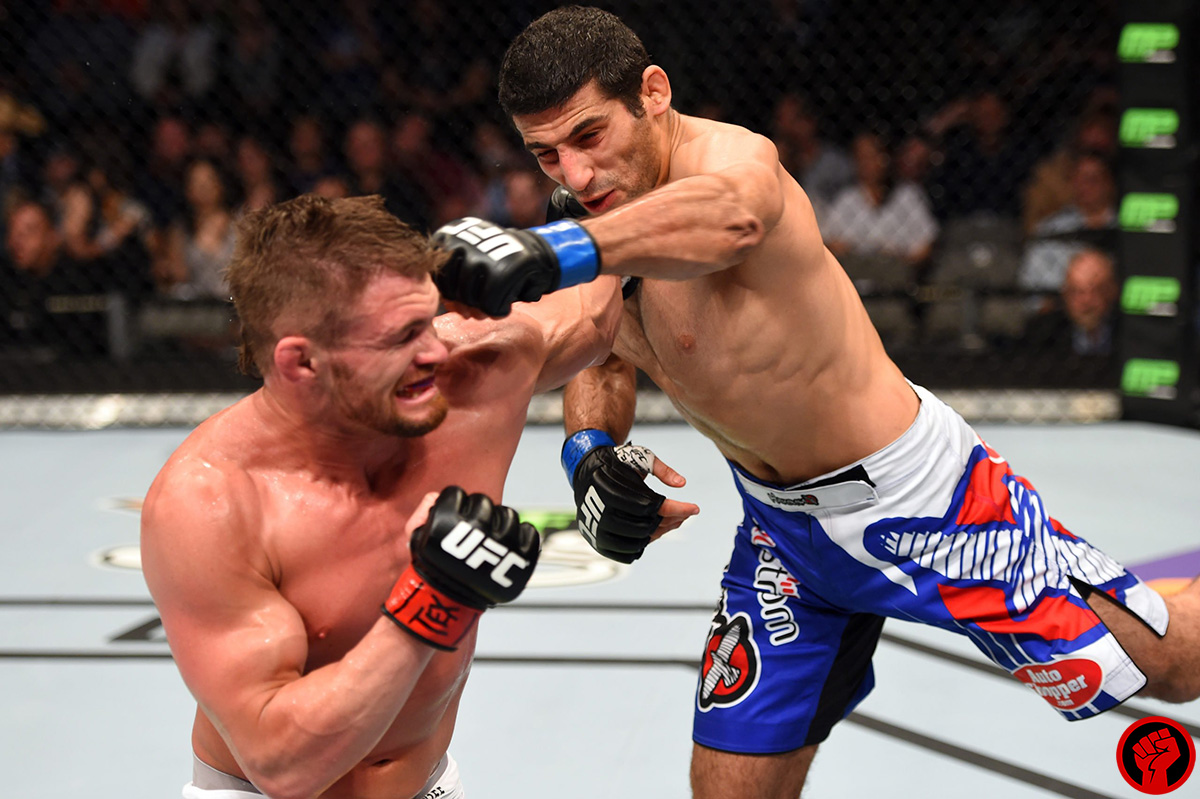
Boxers Who Use It
Although the Superman punch is a rarity in boxing, some skilled boxers do incorporate it into their arsenal.
Manny Pacquiao: Often during his aggressive rushes, Pacquiao elevates his back foot off the ground. This tactic enhances the speed and power of his punches. Given his shorter reach, he finds the Superman punch advantageous, as it helps him bridge the gap between him and his opponents.
Georges St-Pierre (MMA Fighter): While the Superman punch isn’t as prevalent in boxing, it’s a staple in MMA. Georges St-Pierre, also known as GSP, is a prime example. Competing in the welterweight division, he’s hailed as one of the greatest mixed martial artists ever. The Superman punch works well for him because as he lowers his body to execute it, opponents often anticipate a takedown. This uncertainty – whether he’ll perform a takedown or a punch – creates difficulty in defending against the Superman punch. This unpredictability renders the technique more effective in MMA compared to boxing due to the additional threat of a takedown.
Superman punch’s proper Execution
To perform the Superman punch correctly:
1. Lower your body.
2. Shift your weight to your back foot.
3. Load up the punch, then leap forward while lifting your back foot (or both feet) off the ground.
4. Release the punch.
When to use Superman punch
The Superman punch suits shorter boxers facing taller opponents, aiming to strike from an extended range. However, since this move is more noticeable compared to the gazelle punch, it’s advisable to incorporate it within combinations. Here are examples of boxing combinations that can feature the Superman punch:
- Jab – Jab – Superman cross
- Jab to the body (or feigned Jab) – Superman cross to the head
- Superman jab to the head – Cross to the head

When not to use Superman punch
There are limited situations where the Superman punch is apt in boxing, aside from the instances mentioned above. While it does amplify punch power, it simultaneously disrupts your balance – hitting an opponent while on one leg. In a boxing match, instability can lead to vulnerability, and even a less forceful punch might knock you off balance.
Conclusion
Jumping in boxing is a strategic element that can surprise opponents and create opportunities for powerful strikes. However, its effectiveness hinges on precise execution and an understanding of its risks. Fighters like Roy Jones Jr. and Muhammad Ali have demonstrated how jumping techniques can be harnessed effectively. Aspiring boxers must recognize the importance of balance, timing, and integration to make jumping a successful tool in their arsenal. Ultimately, while jumping can be a valuable tactic, it should be approached with caution and practiced extensively to master its intricacies in the realm of boxing.

